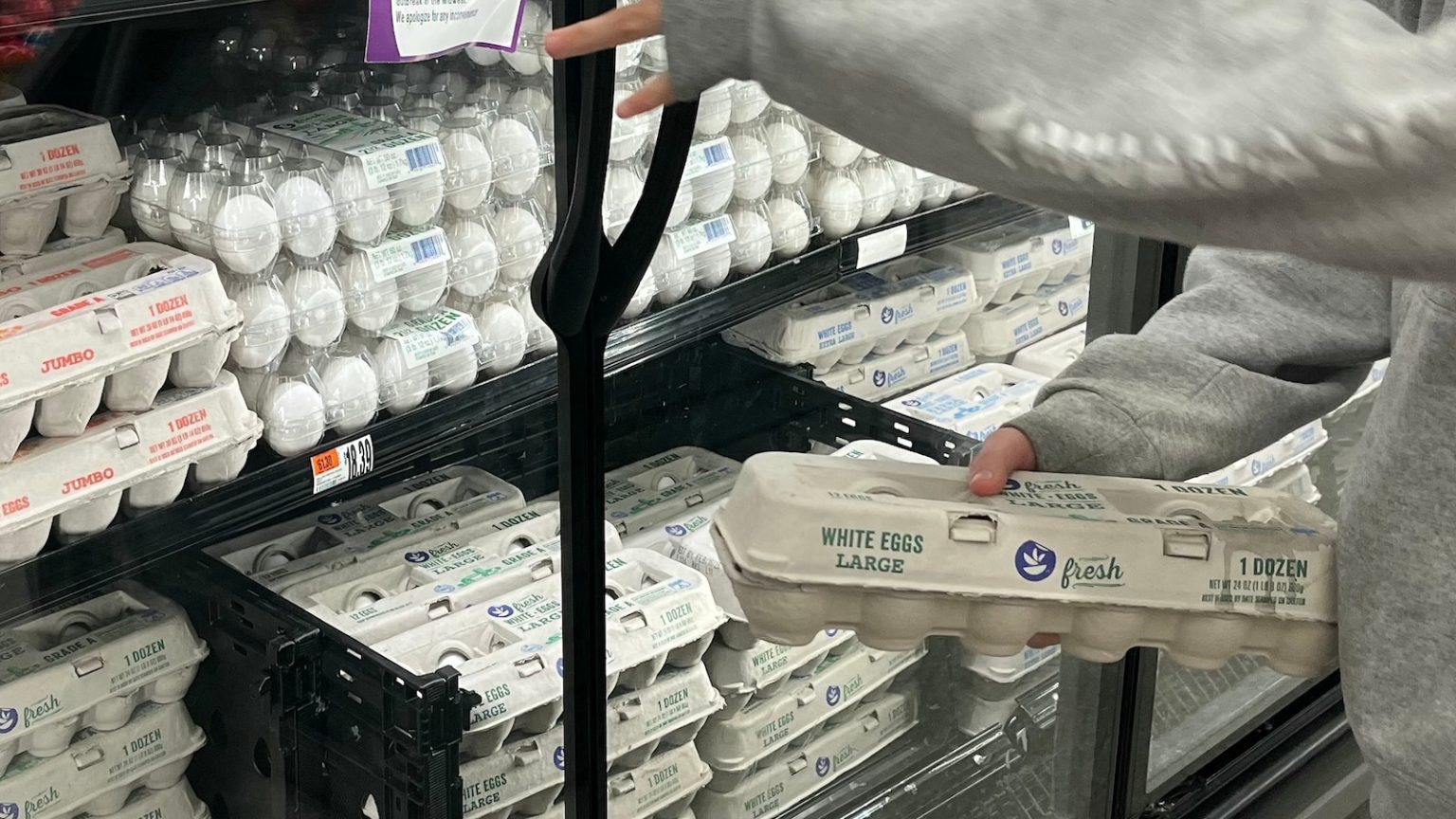The Widening Crisis of Bird Flu: How a Virus is Affecting America’s Food Supply
The United States is currently grappling with a significant outbreak of bird flu, also known as avian influenza, which has spread rapidly across the country. This outbreak has not only devastated poultry and wildlife but has also had far-reaching consequences for the economy, particularly in the egg industry. Since 2022, over 150 million poultry birds have been culled in an effort to contain the H5N1 strain of the virus, leading to a severe shortage of eggs in grocery stores nationwide. The situation has become so dire that egg prices have skyrocketed, and some stores have even experienced stock outs, leaving consumers scrambling to find affordable options.
The Ripple Effect on the Egg Industry and Beyond
The bird flu outbreak has had a ripple effect throughout the food industry, with egg prices reaching unprecedented heights. According to David Ortega, a food economist and professor at Michigan State University, the culling of infected flocks has disrupted the supply chain, leading to a significant lag in egg production. Once a flock is infected, the only way to stop the spread of the virus is to depopulate the entire flock, which can take months to rebuild. This biological constraint has left producers unable to quickly ramp up production to meet demand, further exacerbating the shortage. Ortega notes that while the U.S. is not experiencing a complete shortage of eggs, the virus’s impact on supply chains has caused regional stock outs and price surges.
The economic impact of the bird flu outbreak extends beyond the egg industry. Restaurants, such as Waffle House, have implemented surcharges on egg-based dishes to offset the rising costs. In some cases, the desperation for affordable eggs has even led to theft, with a recent incident in Pennsylvania involving the theft of 100,000 eggs valued at $40,000. Ortega predicts that egg prices will continue to rise until the number of bird flu cases begins to decline, emphasizing the need for a sustained period of several months without major outbreaks to stabilize the market.
A Growing Concern for Human Health
While the economic impact of the bird flu outbreak has been significant, the virus also poses a growing concern for human health. In recent months, cases of bird flu in humans have been reported across the country, primarily among dairy and poultry farm workers. As of April 2024, 67 human cases have been confirmed in 10 states, according to the Centers for Disease Control and Prevention (CDC). While most of these cases have been mild, with patients making full recoveries, there has been one reported death in Louisiana involving a patient over the age of 65 with underlying medical conditions. This fatality was linked to the D1.1 strain of the virus, which has also been associated with some of the more severe human cases.
Despite these concerning developments, public health officials have reassured the public that the risk of human-to-human transmission remains low. The CDC and other health agencies have emphasized that the current outbreak does not pose a significant threat to the general public. However, the detection of the D1.1 strain in dairy cattle in Nevada has raised additional concerns about the virus’s potential spread and impact on the food supply. This detection, which was made possible through a national milk testing program launched in December, marks the first time this particular strain of bird flu has been found in cattle.
The Broader Implications for the Food Supply
The bird flu outbreak has also highlighted the interconnectedness of the food supply chain and the potential vulnerabilities that exist within it. The virus has not only affected poultry and egg production but has also had ripple effects on other sectors, such as dairy. The detection of bird flu in dairy cattle in Nevada has raised questions about the potential for further spread and the impact on milk production. While the USDA has not yet commented on the discovery, it underscores the need for continued vigilance and robust monitoring systems to detect and respond to outbreaks quickly.
In addition to the economic and health concerns, the bird flu outbreak has also brought attention to the challenges of managing wildlife and domestic animal populations in the face of a rapidly spreading virus. Wild birds, in particular, have played a significant role in the spread of the H5N1 strain, as they can carry the virus without showing symptoms. This has made it difficult to contain the outbreak, as the virus can be introduced to domestic flocks through contact with infected wild birds. The USDA’s Animal and Plant Health Inspection Service reported that over the past 30 days, 125 flocks have tested positive for bird flu, with 81 of these cases occurring on commercial farms and 44 in backyard flocks.
A Path Forward: Managing the Crisis and Preventing Future Outbreaks
As the bird flu outbreak continues to unfold, it is clear that a coordinated and multifaceted approach will be necessary to manage the crisis and prevent future occurrences. This includes continued efforts to monitor and contain the virus, as well as measures to support affected industries and protect public health. The USDA’s national milk testing program is an example of the kind of proactive steps that can be taken to identify and respond to potential threats early.
In addition to these efforts, it will be important to address the underlying factors that have contributed to the spread of the virus. This includes improving biosecurity measures on farms, enhancing surveillance and reporting systems, and educating the public about the risks and precautions associated with bird flu. By taking these steps, the U.S. can work towards mitigating the impact of the current outbreak and building a more resilient food system for the future.
Looking Ahead: The Road to Recovery
The road to recovery from the bird flu outbreak will undoubtedly be long and challenging, but there is hope on the horizon. Once the number of cases begins to decline and the virus is brought under control, producers will be able to gradually rebuild their flocks and restore egg production to normal levels. This, in turn, should help to stabilize egg prices and alleviate the economic pressures that have been felt across the industry.
Until then, consumers will need to remain patient and understanding, recognizing that the current shortages and price increases are a result of unprecedented circumstances. By supporting affected farmers and taking steps to reduce waste and conserve resources, individuals can play a role in helping the industry recover. As the situation continues to evolve, it will be important to stay informed and follow the guidance of public health and agricultural officials to navigate the challenges posed by the bird flu outbreak.















